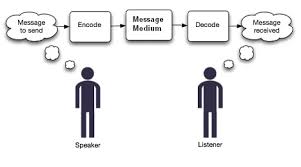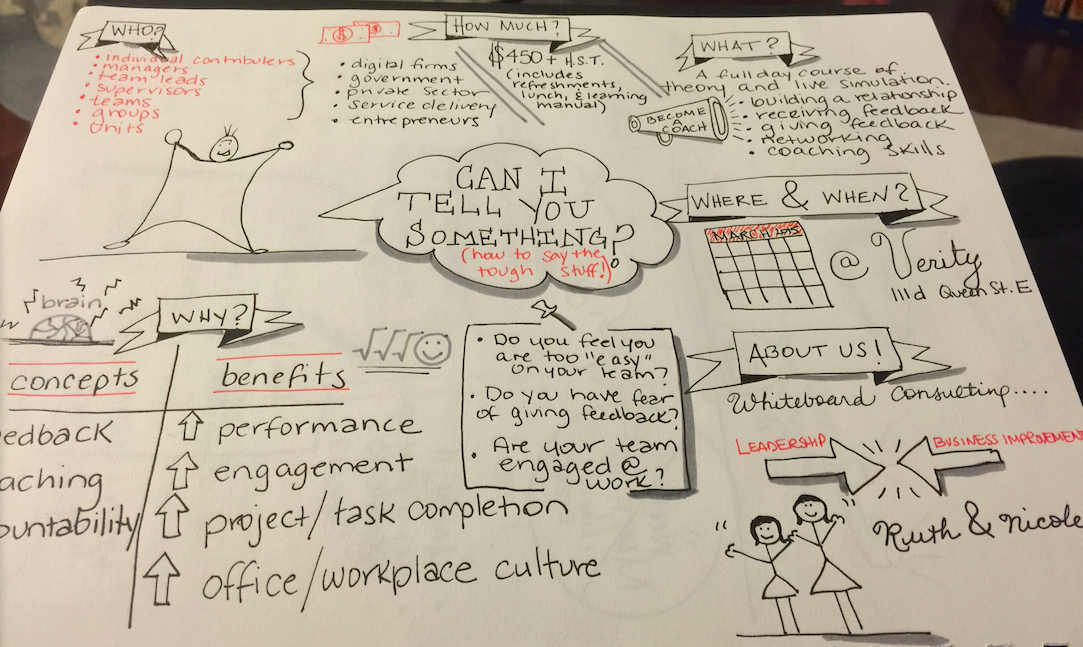The internet is a funny thing, as I’m sure you’ll agree. Lately it’s been buzzing on whether a dress is white & gold or blue & black, creating two firmly opposed teams, taunting each other with the ridiculousness of their “clearly incorrect” choice.
Here’s the image of the dress:
At first I thought it was just a silly thing, and those saying blue & black were doing so just to be difficult and to feed the social media beast. I didn’t get it. It’s so obviously white and gold.
Then I did some research, and came across an interesting article from Wired.com. (It appears there is actually science to it!) Apparently, it is actually blue & black (!!), and the reason some people see it differently has to do with the context and the way their brain is wired to choose between the two by discounting “irrelevant” light. (You can read the full article here.)
So, in essence, it depends on your perspective, doesn’t it.
Isn’t that true of everything?
Why This Is Important to Managers
Yesterday I taught a course on The Essentials of Management for the Centre for Leadership & Learning in the Ontario Public Service. One of the things we talk about is the importance of perspective, or context, when managing people. Your job as a manager is to ensure that YOUR context is not incorrectly influencing the way that others will hear a message or interpret instructions.
Every manager has had that moment of shock when he/she realizes that they just said or did something that had the complete opposite effect from what was intended. They thought this “thing” was white & gold, and their team interpreted “blue & black.” The results were disastrous, and it took some finesse and time to recover.
There are a couple of basic areas that we all need to be highly sensitive to when trying to be most effective and impactful with our employees:
- When communicating, remember that the words that come out of your mouth are highly influenced by your own personal context, or your experience, your cultural norms, your mood, and even your gender. The receiver, on the other hand, interprets those words based on THEIR experience, cultural norms, mood, and gender. As the communicator, it is your job to ensure that the differences in context are accounted for, and that the words clarify your intent. This is especially important in eMail when it is so easy to read tone when none was intended! Think about how your words might be mis-interpreted based on what you know about your audience, and clarify accordingly. If you don’t, you could say “white & gold,” and they might hear “blue & black.”

- When introducing a change to your team, consider each individual’s perspective. You may think you’re about to announce the world’s most exciting change, and that everyone will love you for it. Perhaps most people will! There may also be a handful of people who with think the sky has fallen, because their context, or experience of change, is much different. They may have a lot of change impacting them at home that you don’t know about, or this specific change may introduce a world of complications for them. You think it’s all white & gold, and they will see it as blue & black. Your job is not to shove white & gold at them and talk about how awesome everything is, but to be aware that there will be contextual differences, and to allow people time to reflect, ask questions of you, and to get your support.
Finally, let’s not forget that the best teams are made up of all kinds of different contexts. If you see white & gold and some of your team sees blue & black, isn’t that a good thing? Surround yourself with those who are different, and embrace and discuss that diversity! Your contextual awareness will expand, your awareness will be richer, and you will be a better manager.
Until next time,
Ruth.







